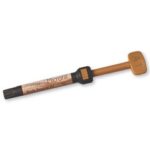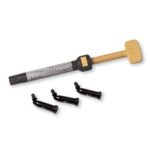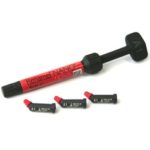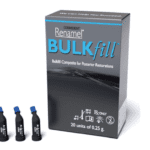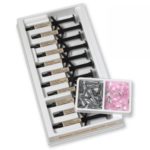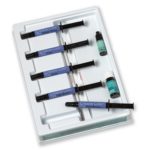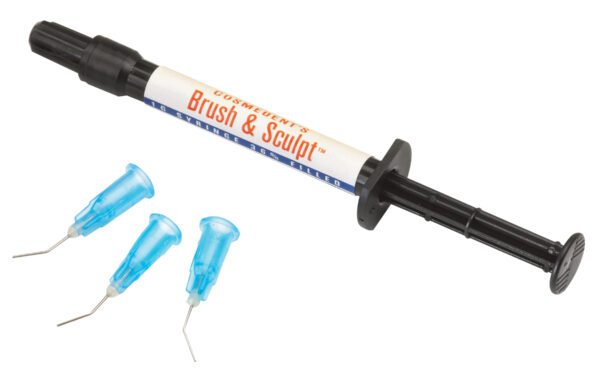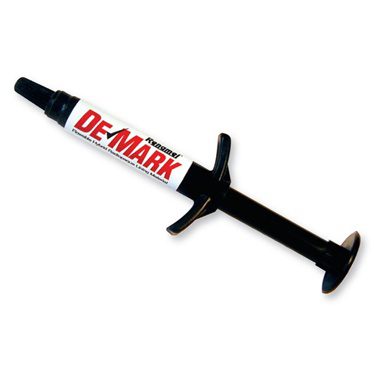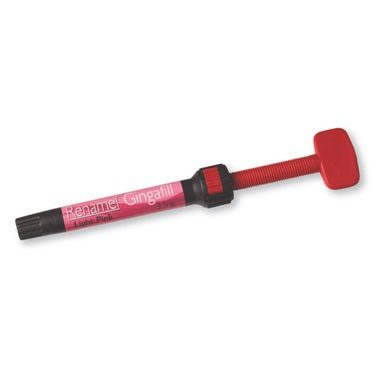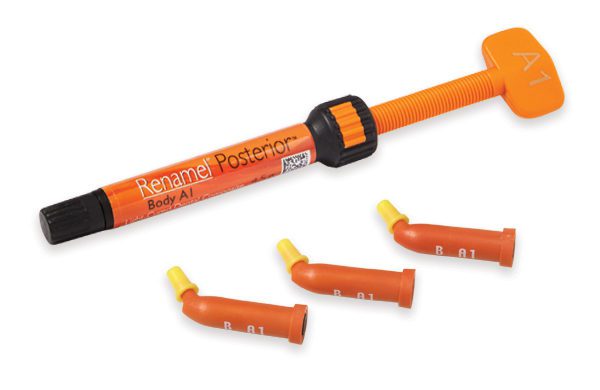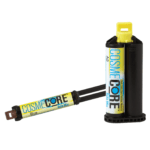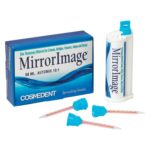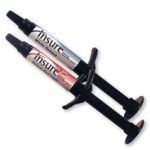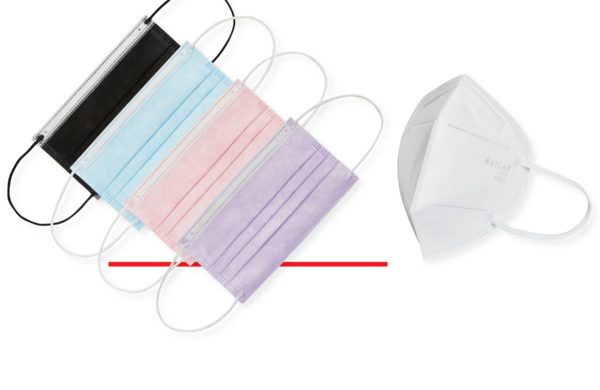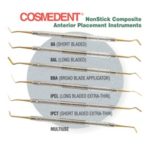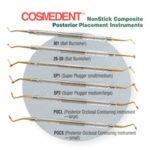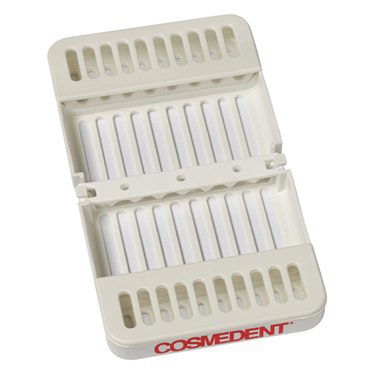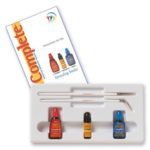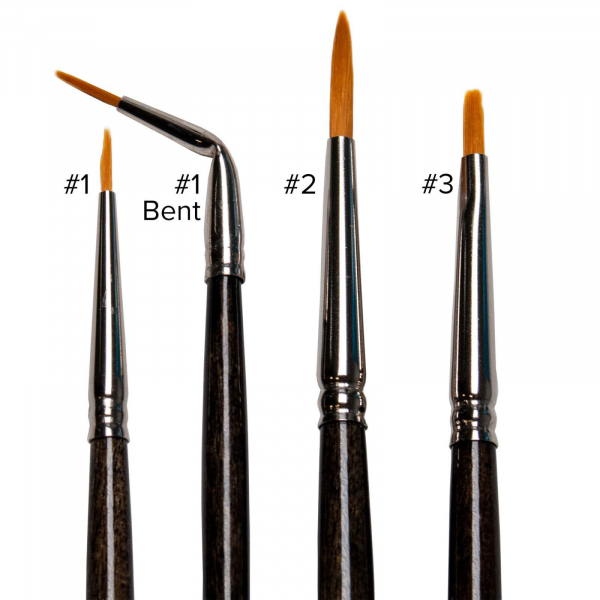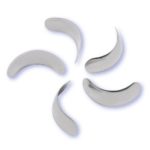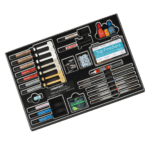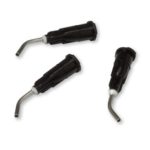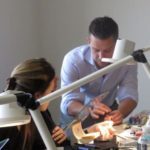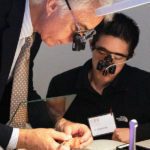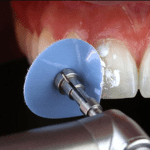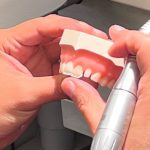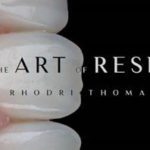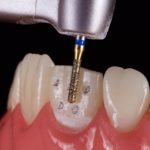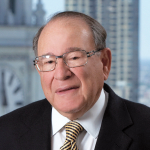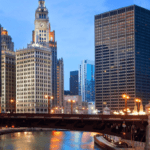- Composites
-
-
Composites
Dental Composite materials for direct anterior and posterior composite bonding.
-
-
-
-
Continuing Education: Get the most from our Composite products by taking one of our Continuing Education Courses. View Courses
-
-
- Finishing & Polishing
-
-
Finishing & Polishing
Finishing and polishing materials for composites, porcelain, metal, gold and natural teeth.
-
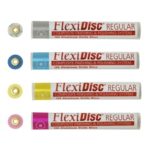 FlexiDisc Dental Polishing Discs
FlexiDisc Dental Polishing Discs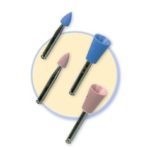 Dental Polishing Cups, Burs & Points
Dental Polishing Cups, Burs & Points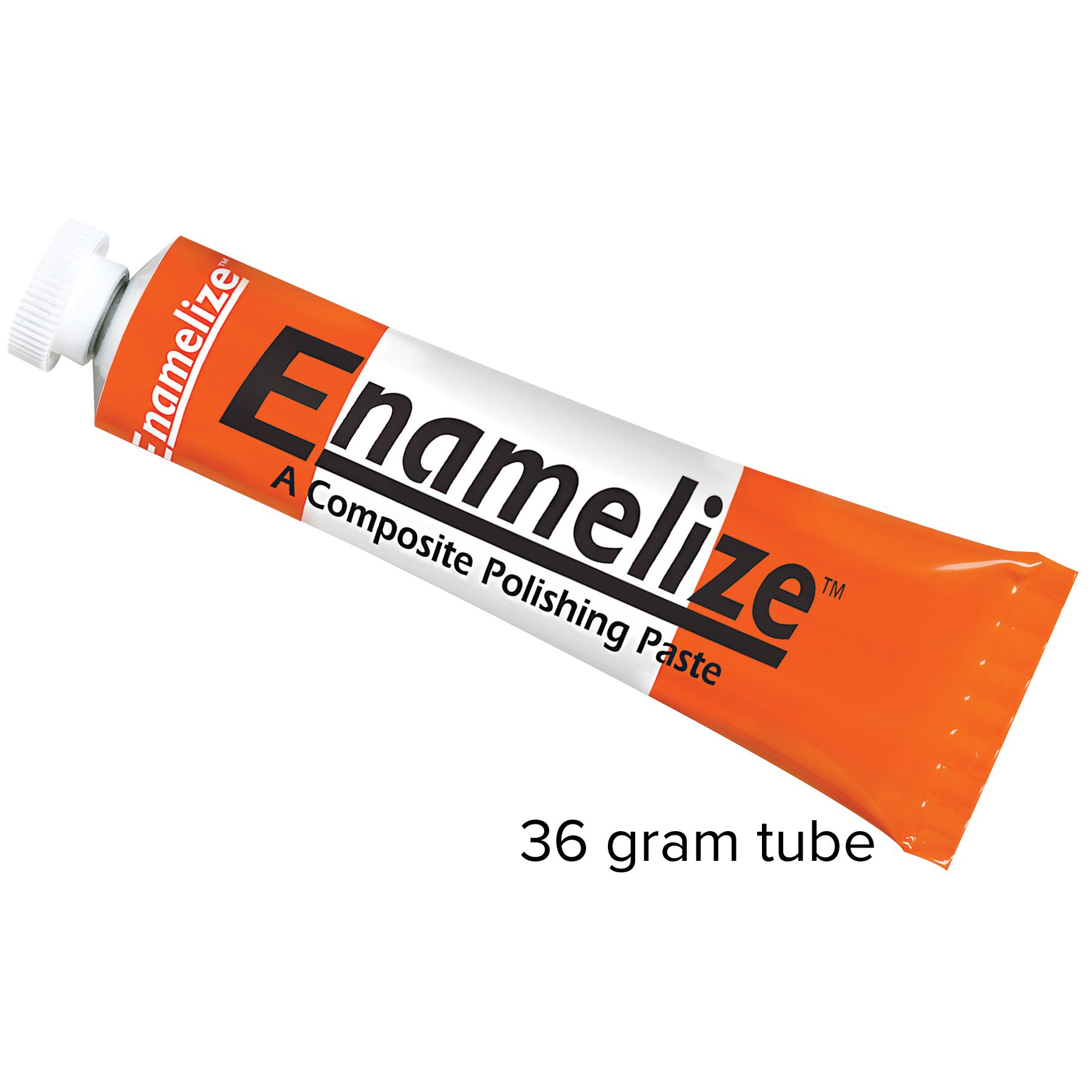 Enamelize Dental Polishing Paste
Enamelize Dental Polishing Paste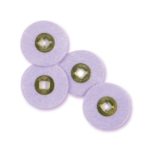 FlexiBuffs
FlexiBuffs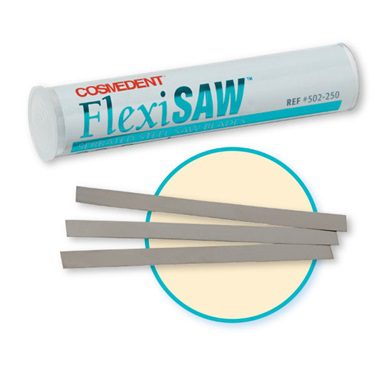 FlexiSAW
FlexiSAW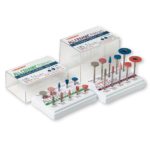 All Ceramic Polisher
All Ceramic Polisher FlexiStrips Dental Polishing Strips
FlexiStrips Dental Polishing Strips FlexiDiamond Strips
FlexiDiamond Strips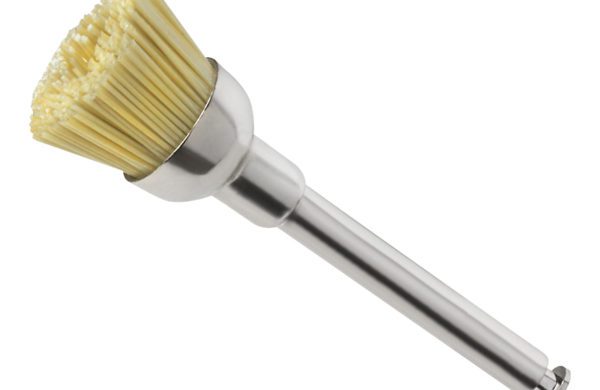 FlexiBrush Dental Polishing Brush
FlexiBrush Dental Polishing Brush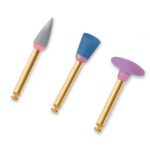 NANO / Microhybrid Diamond Polishers
NANO / Microhybrid Diamond Polishers Porcelize - Porcelain Polishing & Finishing Paste
Porcelize - Porcelain Polishing & Finishing Paste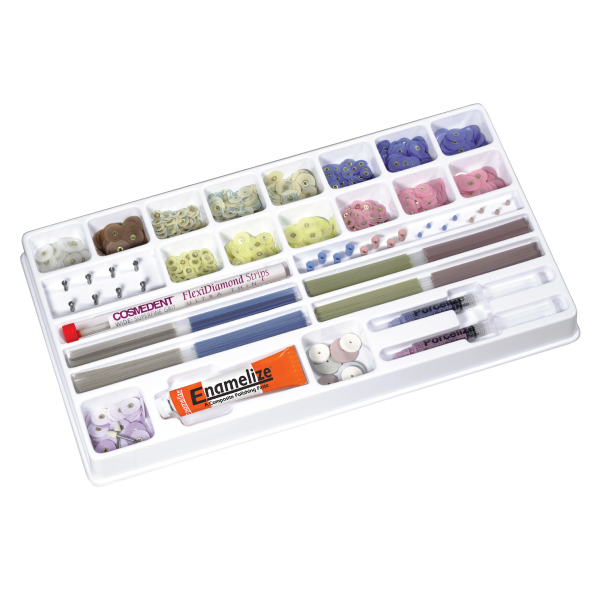 Top Finisher System
Top Finisher System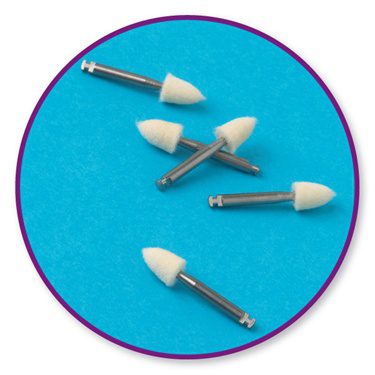 Felt FlexiPoints
Felt FlexiPoints
-
-
-
-
Continuing Education: Get the most from our Composite products by taking one of our Continuing Education Courses. View Courses
-
-
- Core & Temp
-
-
-
Continuing Education: Get the most from our Composite products by taking one of our Continuing Education Courses. View Courses
-
- Resin Cement
-
-
-
Resin Cements
-
-
-
-
-
-
Continuing Education: Get the most from our Composite products by taking one of our Continuing Education Courses. View Courses
-
-
-
- Accessories
-
-
Accessory Products
Complete your esthetic dentistry toolkit with these helpful accessories.
-
-
-
-
Continuing Education: Get the most from our Composite products by taking one of our Continuing Education Courses. View Courses
-
-
- Education
-
-
Continuing Education
Learn all of the composite dentistry that you may be missing in your practice and how doing more of it can benefit you financially and professionally.
-
-
RSVP – Rapid Simplified Veneer Provisionals
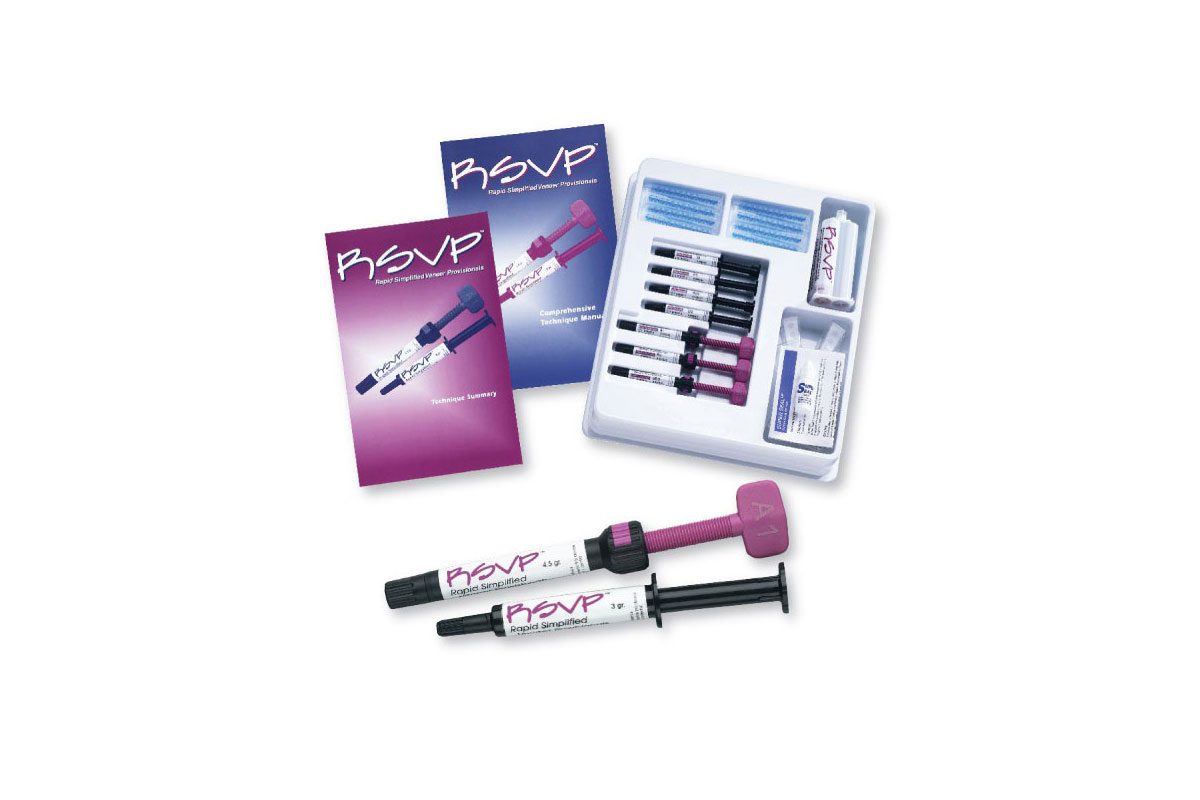
Until recently, fabrication of porcelain laminate veneer provisional posed a slew of problems for restorative dentists. Not only were they overcontoured, causing gingival irritation, but they were time-consuming, difficult to retain, and the esthetic results were often unpredictable.
Provisionals protect the underlying tooth structure, keep teeth from drifting or super-erupting, maintain gingival health, and serve as a guide for the shape and form of the final restoration. An astute practitioner can often use a provisional restoration to provide a significant amount of diagnostic, functional, and esthetic information about the patient, benefiting both parties.
While porcelain laminate preparations were traditionally more conservative and usually confined to the enamel, today’s pressable ceramics require preparations with greater reduction, routinely involving dentin. If left uncovered, such preparations will likely result in sensitivity. Therefore, a well-made provisional that minimizes tooth sensitivity is absolutely essential. Newer materials have made fabricating provisionals a routine procedure for dentists. RSVP, or Rapid Simplified Veneer Provisionals, developed by Cosmedent, Inc., has taken much of the difficulty out of fabricating provisionals for porcelain laminates. What used to be a painstaking process has been replaced with a rapid, predictable procedure that makes it easy to achieve excellent marginal adaptation.
Case Study – Dr. Bob Margeas
A 35-year-old woman presented to my office because she was unhappy with the shape and length of the cuspids, as well as the negative space between the cuspids and adjacent teeth. Additionally, she desired a broader, fuller smile (Figure 1).
The patient’s periodontal health was excellent. The proposed treatment involved placing porcelain laminate veneers on the eight maxillary anterior teeth and porcelain crowns on the first molars. Because of financial considerations, only the six anterior teeth were prepared at this time (Figure 2).
To give the patient an idea of what the final results would look like, a Master Diagnostic Model, or MDM, (Valley Dental Arts) was fabricated. A matrix was made from this model, using RSVP impression material, to fabricate the provisional.
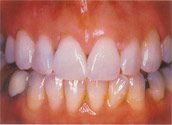
Figure 1 – Preoperative view. Notice recession and cervical erosion distal of tooth No. 8.
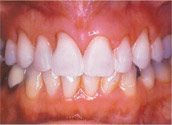
Figure 2 – Preparation of teeth Nos. 6 through 11. Erosion filled in with hybrid resin.
Provisional Fabrication
In a clear tray, a clear matrix using RSVP polyvynylsiloxane material was formed over the study model(Figure 3 and Figure 4). Once the clear matrix was formed, it was modified to control the adaptation of the cervical third of the provisional veneers. This modification helps avoid gingival irritation or destruction of the veneer finish line in the area. The cervical one third of the matrix can be modified with a #15 Bard-Parker scalpel (Becton, Dickinson, and Company) blade, or a pair of small, sharp scissors (Figure 5).
Figure 6 shows the modified matrix on the model.The shell of each tooth in the modified matrix, corresponding to a prepared tooth, was filled to three quarters with RSVP incisal composite resin (Figure 7). Unlike conventional flowable composites, which display excessive flowability, the RSVP composite resin undergoes no displacement even with mandibular provisionals while easily adapting to all matrices.
The matrix could now be seated over the prepared teeth, which had been sealed with Super Seal(Phoenix Dental, Inc), and an unfilled resin that had been light-cured(Figures 8 and 9).
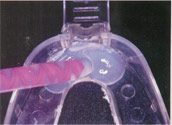
Figure 3 – Clear impression tray filled with RSVP polyvynilsiloxaine material.
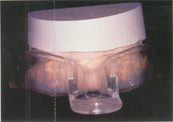
Figure 4 – Impression made of diagnostic model.
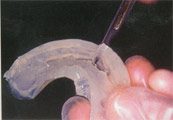
Figure 5 – Trimming of cervical one third of matrix.
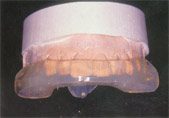
Figure 6 – Modified matrix on model
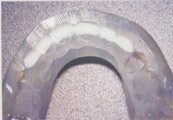
Figure 7 – Matrix filled with RSVP incisal composite resin.
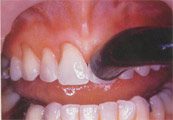
Figure 8 – Unfilled resin light-cured before placement of matrix.
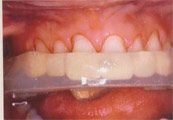
Figure 9 – Matrix placed over prepared teeth and light-cured.
The retention of the composite material and the slight adhesion created between the bonding adhesive and the unetched tooth surface made spot etching unnecessary. Virtually all of the RSVP incisal resin coalesces in the cervical one third of the facial surface of the prepared teeth and can be delicately removed with an IPC carver and #3 synthetic fiber brushes(Cosmedent, Inc.). Once the gingival margin has been cleared of excess material, the remaining resin within the matrix shell is light-cured for 20 seconds. During the light-curing cycle it is imperative that the matrix be held firmly in position.
The matrix was removed revealing well-contoured provisional veneers on all prepared tooth surfaces. These were all bonded into position, with the exception of the cervical one third of the facial surface(Figure 10).
Generally, the only flash present will be at the cervical most border of the cured RSVP provisionals. This usually occurs because of the extremely precise adaptation of the RSVP matrix, and can be easily removed with a fine diamond or with multi-fluted carbide burs.
With the design of the matrix altered to expose the cervical one third of the facial surface, this critical zone could now be “free-form” sculpted to ideal emergence contour, exact finish line transition, and case-specific height of contours. RSVP cervical, formulated for sculptability and ease of handling, was carefully shaped into the ideal configuration and then light-cured (Figure 11). This technique requires virtually no finishing at the margin. However, should marginal excess occur, the provisional can be rapidly finished with fine rotary burs or a #12 Bard-Parker blade (Becton, Dickinson, and Company). FlexiPoints, FlexiDiscs, FlexiBuffs, and Enamelize (Cosmedent, Inc.) can be used to create the final luster (Figure 12).
The resultant provisional veneers (Figure 13), formulated by means of this new technique, were fabricated quickly, eliminated overcontouring, and prevented preparation damage. The patient’s preoperative smile is shown in Figure 14, and the new temporaries immediately after fabrication in Figure 15.
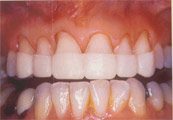
Figure 10 – Matrix is removed, revealing cured incisal portion of provisionals. Note how material is away from gingival margins.
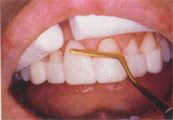
Figure 11 – Cervical portion is sculpted with RSVP cervical composite.
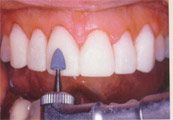
Figure 12 – Polishing of provisional with FlexiPoints.
Unlike conventional flowable composites, which display excessive flowability, the RSVP composite resin undergoes no displacement.
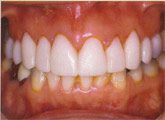
Figure 13 – Final provisional immediately after polishing. Composite was added to teeth Nos. 3,4,13, and 14 to build out the negative space.
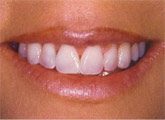
Figure 14 – Preoperative smile.
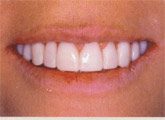
Figure 15 – Immediate postoperative smile, showing RSVP provisional.
